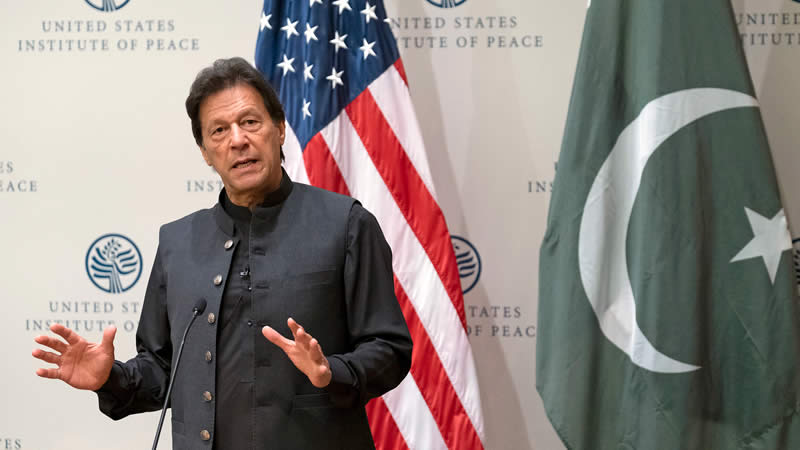 The US military will become “leaner” while maintaining superiority as it switches focus to the Asia-Pacific, US President Barack Obama has announced.
The US military will become “leaner” while maintaining superiority as it switches focus to the Asia-Pacific, US President Barack Obama has announced.
In a rare appearance at the Pentagon, he unveiled a far-reaching defence review under which thousands of troops are expected to be axed.The tide of war was receding and the US must renew its economic power, he said.The strategy is designed to accommodate at least $450bn (£290bn) in Pentagon cuts over the next decade.The defence budget could also lose another $500bn at the end of this year after Congress failed to agree on deficit reduction following a debt-ceiling deal in August.
“So yes, our military will be leaner,” Mr Obama told reporters, “but the world must know – the United States is going to maintain our military superiority with armed forces that are agile, flexible and ready for the full range of contingencies and threats.”‘Moment of transition’No specific cuts to troop numbers or weapons programmes were announced on Thursday – those are to be presented as part of the federal budget next month.But a 10-15% reduction to the US Army and Marine Corps is being considered over the next decade – amounting to tens of thousands of troops, Obama administration officials have told US media.
Anticipating criticism from his Republican rivals in an election year, the president stressed that the defence budget would still grow, but at a slower pace.Joined by Defence Secretary Leon Panetta, Mr Obama said the US was “turning the page on a decade of war” and faced a “moment of transition”.”Even as our troops continue to fight in Afghanistan, the tide of war is receding,” he said, with military top brass on the stage behind him.President Obama added: “At the same time, we have to renew our economic strength here at home, which is the foundation of our strength around the world. That includes putting our fiscal house in order.”
The president said the new strategy would end “long-term nation-building with large military footprints”. The Pentagon would instead pursue a national security strategy based on “smaller conventional ground forces”.Mr Obama said in November on a visit to Canberra, Australia, that the Asia-Pacific was now a top priority for the US. That speech was seen as a challenge to the rising regional power of China.”As I made clear in Australia, we’ll be strengthening our presence in the Asia-Pacific, and budget reductions will not come at the expense of this critical region,” he told media at the Pentagon.
Mr Panetta emphasised the military would retain its ability to confront more than one threat at a time, and would be more flexible and adaptable than in the past.He said that with the Iraq war over and the troop drawdown already under way in Afghanistan, the military “will no longer need to be sized to support the large-scale, long-term stability operations that dominated military priorities and force-generation over the past decade”.Initial Republican reaction to the review was negative. Chairman of the House Armed Services Committee, California Representative Howard McKeon, said the new policy was a “retreat from the world in the guise of a new strategy”.
“This is a lead-from-behind strategy for a left-behind America,” he said in a statement.Mr Obama has been closely involved with shaping the blueprint, meeting high-ranking defence officials six times since September.The strategy shifts the Pentagon away from its long-standing doctrine of being able to wage two wars simultaneously.In 2001, former Defence Secretary Donald Rumsfeld told Congress that strategy was not working.And when the US was in fact fighting two wars in Iraq and Afghanistan the military suffered a manpower shortage. – BBC












